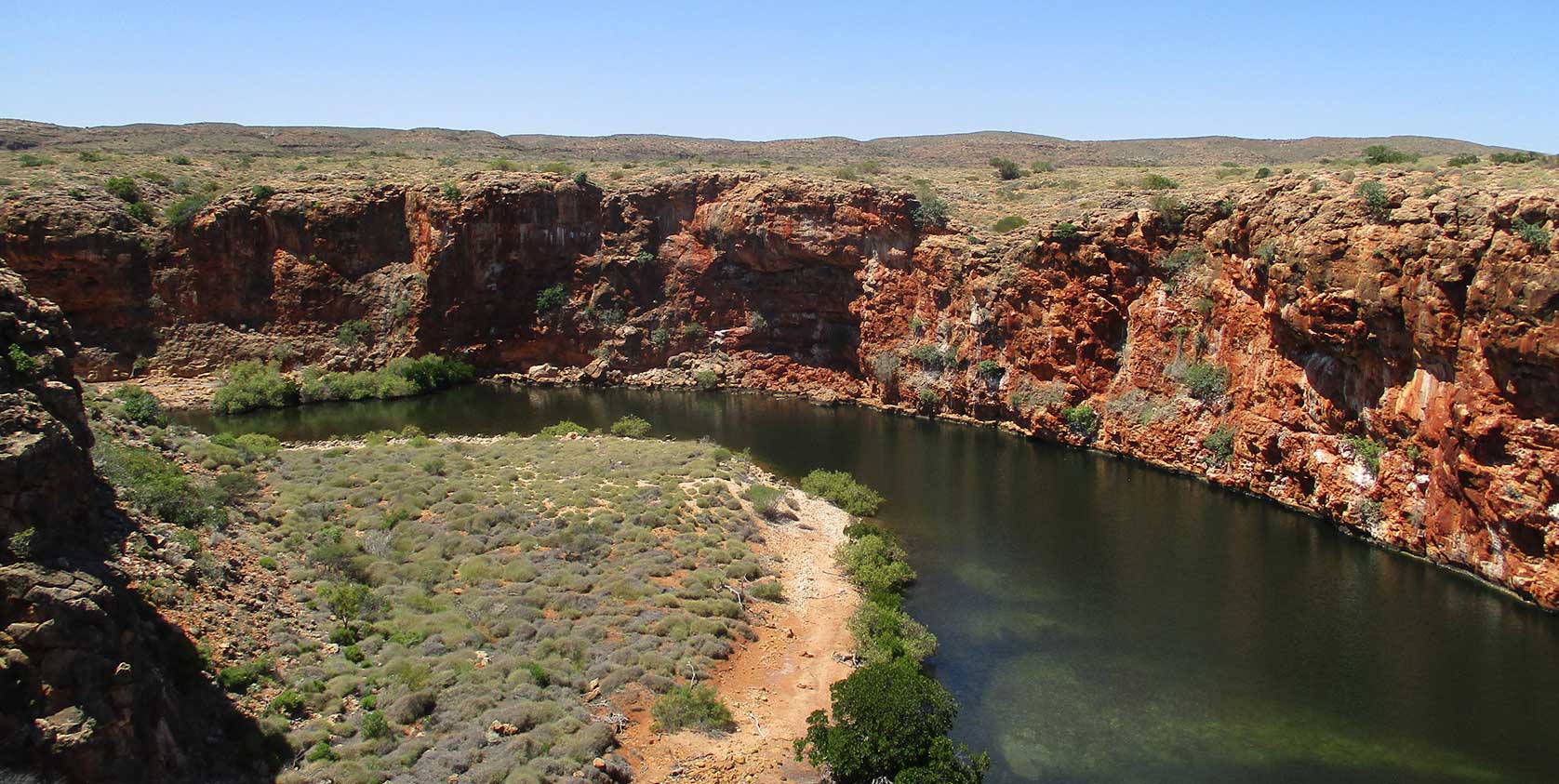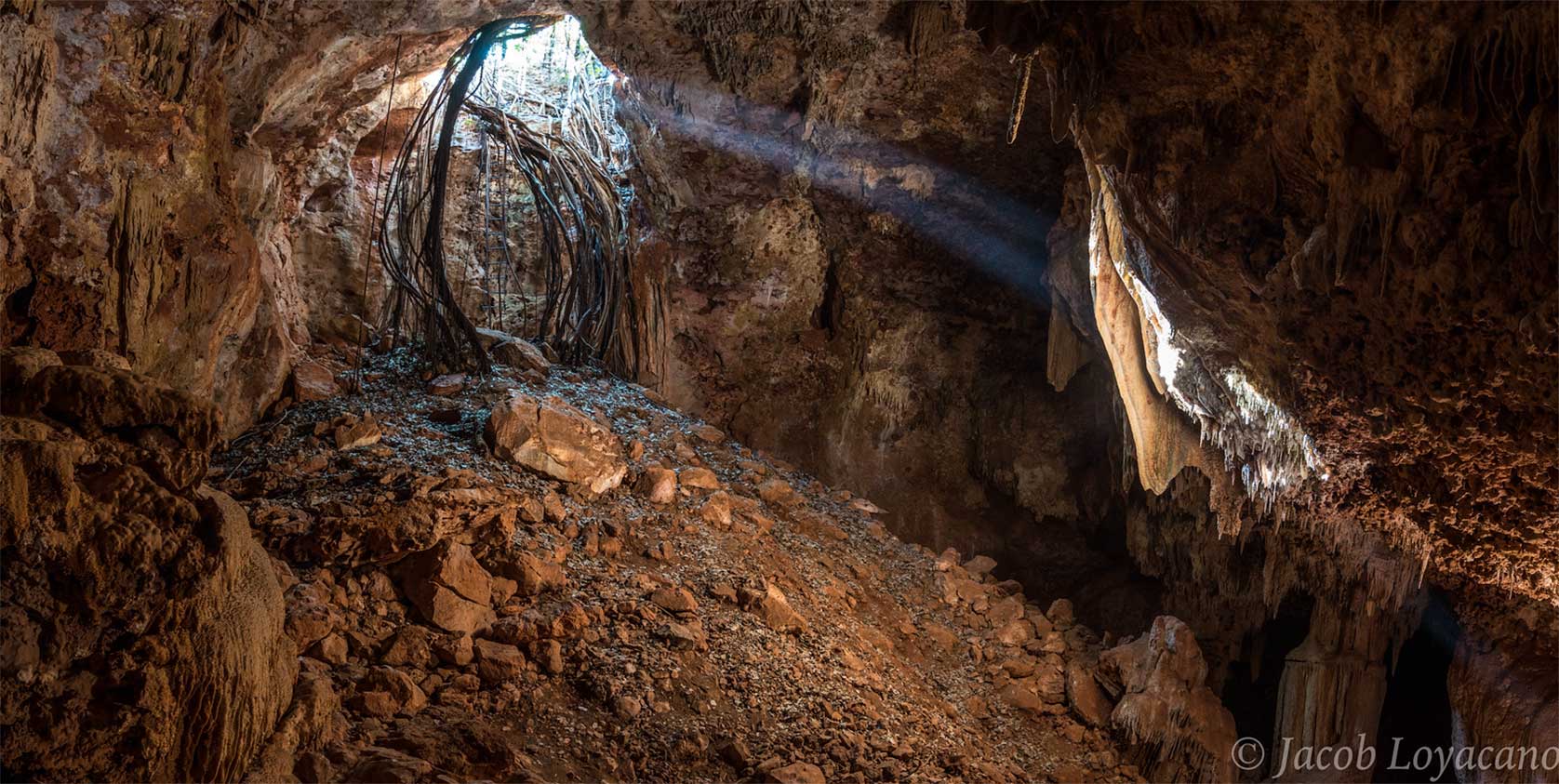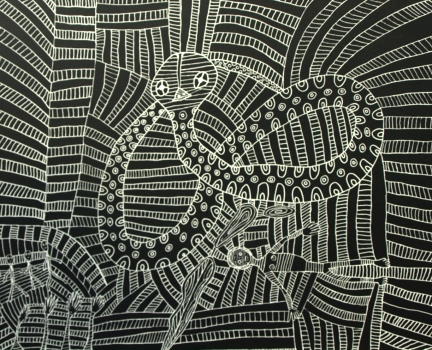It’s important to acknowledge the local Yinigudera people, and the greater Baiyungu and Thalanyji tribes, as the Traditional Owners of the area surrounding Exmouth and Coral Bay. The Cape, set apart from most Aboriginal tribes in Northwest Australia, holds a special significance as a meeting place for all tribes, is a traditional gathering place for all tribes from the area.

The Australian Aboriginal culture prioritises sustainability and care for the land over growth. This approach has proven incredibly successful from an environmental perspective, and has remained largely unchanged for tens of thousands of years. Indeed the Australian Aboriginal culture that continues to this day can justifiably make claim to being one of the most successful sustainable human cultures to have ever existed.
Evidence from rock shelters and caves on the Cape Range Peninsula suggests Aboriginal presence in Ningaloo for at least 36,000 years, and possibly longer than 60,000 years. Remarkably, this region holds the oldest evidence of marine resource use and the earliest known Aboriginal jewellery in Australia. The story of how how one of the most venerated local Elders guided archaeologists to the specific site where this shell necklace or adornment was discovered underlines the ongoing, deep knowledge and connection the Traditional Owners have with this land.
 Photo Credit: Jacob Loyacano
Photo Credit: Jacob Loyacano






